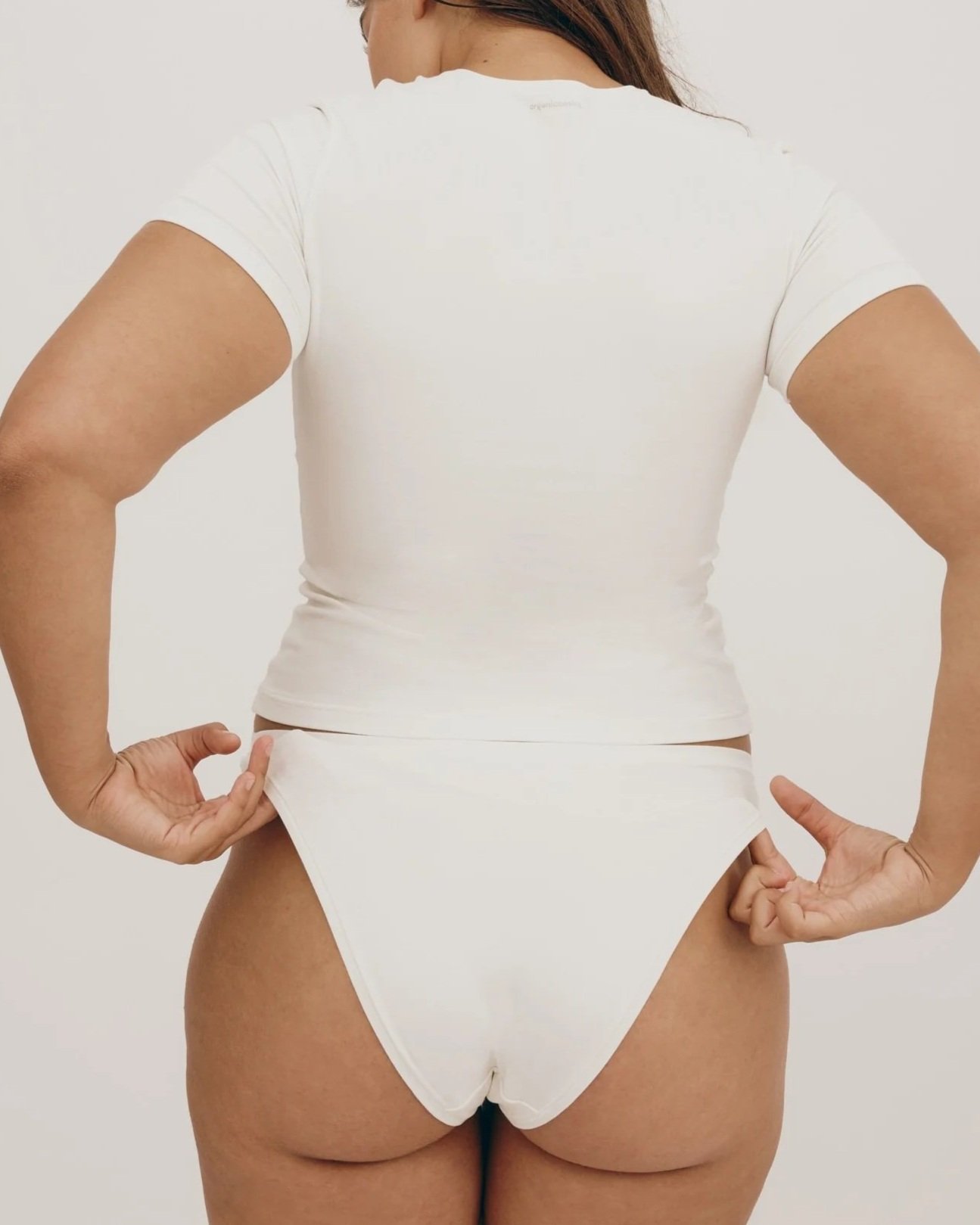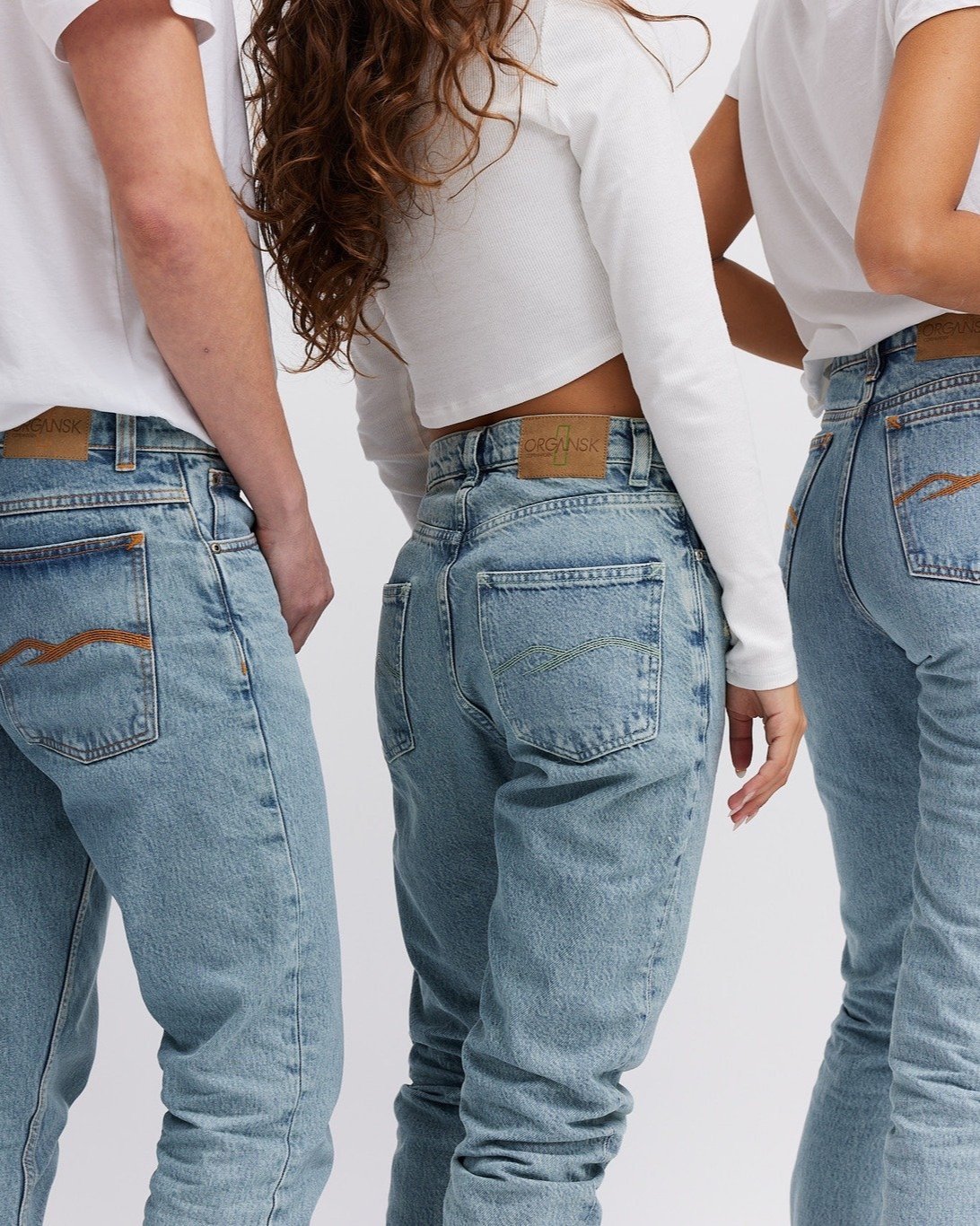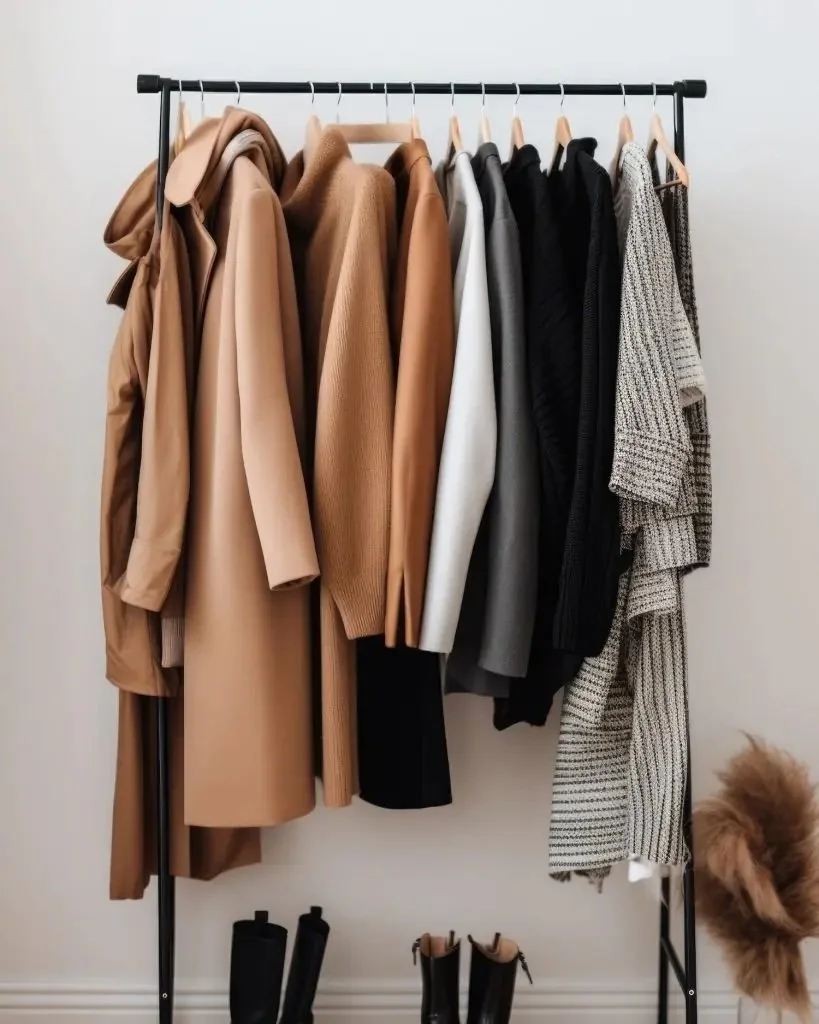6 Reasons to Quit Fast Fashion, Today
Why You Should Stop Shopping Fast Fashion
It's possible that you clicked on this post for a few different reasons. Perhaps you're curious about what fast fashion is, you may have just learned about it and want to know more, or you're quite knowledgeable on the topic and want to make sure you're aware of all the reasons to quit so you can share them with others. Whatever your reasons are for reading this post, I'm glad you're here! I'm surprised it took me so many years to actually sit down and write this post. Almost a decade ago, I quit my habit of fast fashion. I didn't give it up completely right away, and there are times when I find myself buying Elliott socks or Travis a new bathing suit because we are in a bind and all I have is fast fashion. There were years when I was super adamant about not going into a mall, but sometimes you have to have wiggle room because the system has not completely changed. I think the most important thing right now is to quit those usual shopping habits - like when you just want something new to wear to a party, but you know you'll only wear it once so you want to purchase something cheap. This is the type of mentality that society needs to deviate from, but it'll take a lot of work - and people like YOU who are ready to do that work.
What Is Fast Fashion?
In the early days of the fashion industry, there were only two seasons for collections: Spring/Summer and Fall/Winter. However, with the rise of fast fashion, we now have up to 52 seasons. What used to take six months to create a collection can now be done in just a matter of days. Fast fashion is designed to be disposable, with garments often made to be worn only about 7 times before falling apart. Although not every fast fashion item will fall apart, a large majority of them do, leading to a lot of waste ending up in landfills.
You may be wondering which stores are considered fast fashion. The usual suspects are brands like H&M, Zara, and TopShop. There are also popular internet brands like Fashion Nova, Boohoo, and Nasty Gal. Some brands are more sneaky about their process and try to act like you're getting a superior product because the price is higher, when in reality workers are still being paid unfairly and the materials are toxic. These are typically the mall gems like Urban Outfitters, GAP, and Victoria's Secret. Even Target and Walmart are home to several unethical brands. In fact, most brands today are part of the fast fashion problem. However, there are many brands that are doing it right and trying to change the industry for the better. Unfortunately, it's not always possible for the average consumer to find and afford these brands. Stay tuned for a post on accessibility.
How to Tell if It’s Fast Fashion
A quick Google search can tell you a lot about a big-name brand, but if you are having trouble obtaining more information, here are a few clues: (1) Low Price Point, (2) Synthetic Materials, (3) Made in a foreign country, with high poverty rates and little regulations for workers. Unfortunately, there is a lot of greenwashing. H&M now has a ‘sustainable’ collection where you can purchase a dress for well under $50, which means the garment worker could not have made a living wage.
Why Stop Shopping Fast Fashion?
Exploitation of Workers
I began learning about sustainability in the fashion industry almost a decade ago due to numerous reports of unethical treatment of workers by major brands in the US. If you're interested in finding out more, I recommend watching the documentary "The True Cost" or the short film "Behind the Labels: Garment Workers on US Saipan." While I could provide countless examples, I believe that watching actual footage is the best way to truly grasp the issue.
Negative Environmental Impacts
The fashion industry is one of the world’s top five polluters. Most clothing items are made from synthetic materials such as polyester, which can take hundreds of years to decompose. The process of creating synthetic threads involves the use of toxic chemicals and consumes a lot of water. Moreover, the majority of dyes used in the industry are also toxic and contribute to water pollution. Additionally, the use of toxic pesticides by cotton farmers to keep the crop growing has a detrimental impact on the health of both the ecosystem and people. Would you want to wear something that required so many chemicals to produce? Lastly, when you wash your clothes, microplastics are released into the environment. In summary, the process of producing a fast fashion garment has little to no regard for the planet and its inhabitants.
Costs You More in the Long Run
If you purchase a $5 shirt, you won't be able to wear it for more than a few times before it wears out, which means you'll have to buy more clothes. Moreover, I've observed my friends and family shopping for fast fashion, and when they think they're getting a good deal, they tend to buy more. As a result, they end up spending the same amount (or more), but on a lower quality product that has negative environmental impact and unfair labor practices. The actual cost of that item is much higher than the price tag suggests.
Changes the Value We Put on Fashion
I believe that fast fashion has caused a concerning shift in the way we value clothing. Fashion is no longer seen as an art form or something to appreciate. We should take more time and care when creating the clothes we wear. For many of us, what we wear is a form of expression. However, we seldom consider the history of the garments we put on. We are quick to go out and spend more money on a meal than on an article of clothing that will last much longer. We don't consider the impact our purchasing decisions have on people or the planet. As a result, we have lost our respect for clothing, as well as the people who produce it.
Makes You Feel you Don’t Have Enough
It can be difficult to keep up with fashion trends, especially when fast fashion companies market their products so aggressively. They create a constantly changing lifestyle that requires frequent updates. They tell you that your wardrobe is incomplete without their latest items. I recently decided to go ad-free on my social media accounts because of this issue. Whenever I logged in, I was bombarded with ads that said things like "Buy this!" "Check out my new outfit!" "This is on sale!" and so on. I mainly use social media to keep in touch with friends and family and to have a few laughs. Unfortunately, the more influencers I followed, the more I was inundated with ads. To me, these ads are unsolicited because I didn't express any interest in them beforehand. They're completely random. I only post affiliate links and partnerships on my website because I know that people who visit my site are there for a specific reason. They're looking for sustainable clothing, for example. I could go on about this topic forever, so I'll address it more in a future post.
Cultural Appropriation, Racism & Stolen Designs
Ugh, this part is just sick. I feel like every time I sign onto Instagram; there is another brand making a disrespectful design appropriating a culture or stealing from a small designer. It’s difficult to give money to a business once you’ve seen it. Not to mention the racist, insensitive products that happen to make it all the way to the stores?! Like, how?! It’s hard for me to want to show examples because I hate to even resurface some of it, but another one just happened the other day with Shein (ugh don’t get me started on the Swastika and how that once beautiful symbol was ruined by white supremacy). And here’s another list to go through.
I’m sure we can go on and on with reasons to quit fashion, but these were the main ones for me. I understand quitting fast fashion isn’t the solution to climate change or modern-day slavery, but it’s a start. The more people tell big brands they aren’t shopping if they don’t change their ways, the better. We can’t continue this cycle and let them dictate how people are treated.
Want to learn more about sustainable fashion? Click here.
& stay tuned for a future post about all the ways you can build a sustainable wardrobe on all budgets - because that is one thing sustainable fashion should be - accessible for all!
p.s. the above photo with the text ‘but, I can buy that at Target for $25’ is an actual comment I received a few weeks back. It’s a comment I receive in various forms on a lot of my posts. Now, I have a place to direct them to ;)
MAKE SURE TO PIN THE PHOTO BELOW TO SAVE THIS POST FOR LATER!
LOOKING FOR SUSTAINABLE BRANDS?
Our Brand Directory is home to hundreds of sustainable brands, from makeup to cleaning supplies, from underwear to shoes. We have broken everything down by category for easy shopping, along with discount codes unique to Sustainably Chic viewers.
































